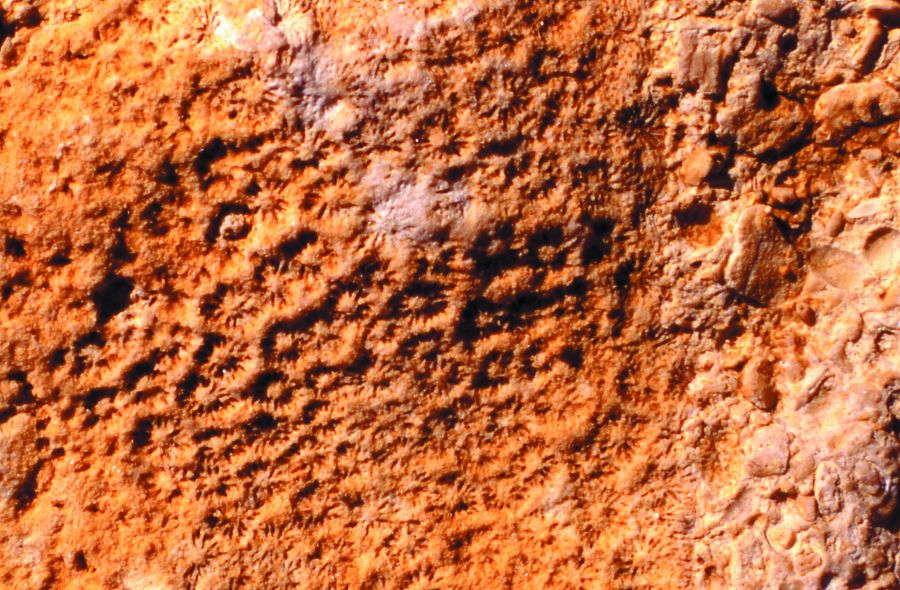Not ancient ‘reefs’ but catastrophic deposits


The celebrated Carlsbad Caverns in New Mexico, USA, sit in a deposit of limestone 80 km long that extends into Texas and forms part of the Guadalupe Mountains.1 This is one of many such limestone deposits found in ancient rocks around the world. They contain abundant fossils of marine organisms such as corals, sponges, crinoids, shells and calcareous algae.
When long-age geologists interpret these deposits, they assume that they formed in marine environments like those we see in the oceans today. Thus, they say that the huge limestone deposits represent ancient ‘reefs’ that were slowly built in situ by the marine organisms themselves.
Sceptics often throw this ‘reef’ interpretation at Bible-believing geologists. They argue that it would have taken many thousands of years for the marine organisms to build such huge reefs, so this could not have occurred during the year of the Biblical Flood.
However, when we examine these so-called ‘reefs’, we discover that they did not grow in place. For example, the limestone hosting the Carlsbad Caverns is composed largely of loose, unbound sediments and fossils.1 With sufficient volumes of water, the material could have been washed into its present location quickly.

Another alleged ‘reef’ exposed in Thornton Quarry, near Chicago, does not match any of the characteristics of a modern reef. The ‘core’ shows no growth structures and is the wrong shape, the angle of the ‘reef’ is too steep, reef binding organisms are absent, a solid foundation rock is absent, and the reef is riddled with fossil tar, indicating rapid deposition, not slow growth.2
Investigations of assumed ‘reefs’ in Australia3 and Europe4 also reveal that they did not grow in situ but were transported and dumped in place.
When properly investigated, alleged fossil ‘reefs’ do not present a time problem for the Biblical Flood because they are not ‘reefs’. They are mounds of marine debris, rapidly transported into place. Rather than a problem, these ‘reef’ debris are actually evidence for the Flood.
References
- Nevins, S.E., Is the Capitan Limestone a fossil reef? CRSQ 8(4):231–248, 1972. Return to text.
- D’Armond, D.B., Thornton Quarry deposits: a fossil coral reef or a catastrophic Flood deposit?, CRSQ 17(2):88–105, 1980. Return to text.
- Roth, A.A., Origins: Linking Science and Scripture, Review and Herald Publishing Association, Hagerstown, Maryland, pp. 239–241, 1998. Return to text.
- Scheven, J., The Flood/post-Flood boundary in the fossil record; in: Walsh, R.E. (Ed.), Proceedings of the 2nd International Conference on Creationism, Creation Science Fellowship, Pittsburgh, Pennsylvania, pp. 247–266, 1990. Return to text.


Readers’ comments
Comments are automatically closed 14 days after publication.